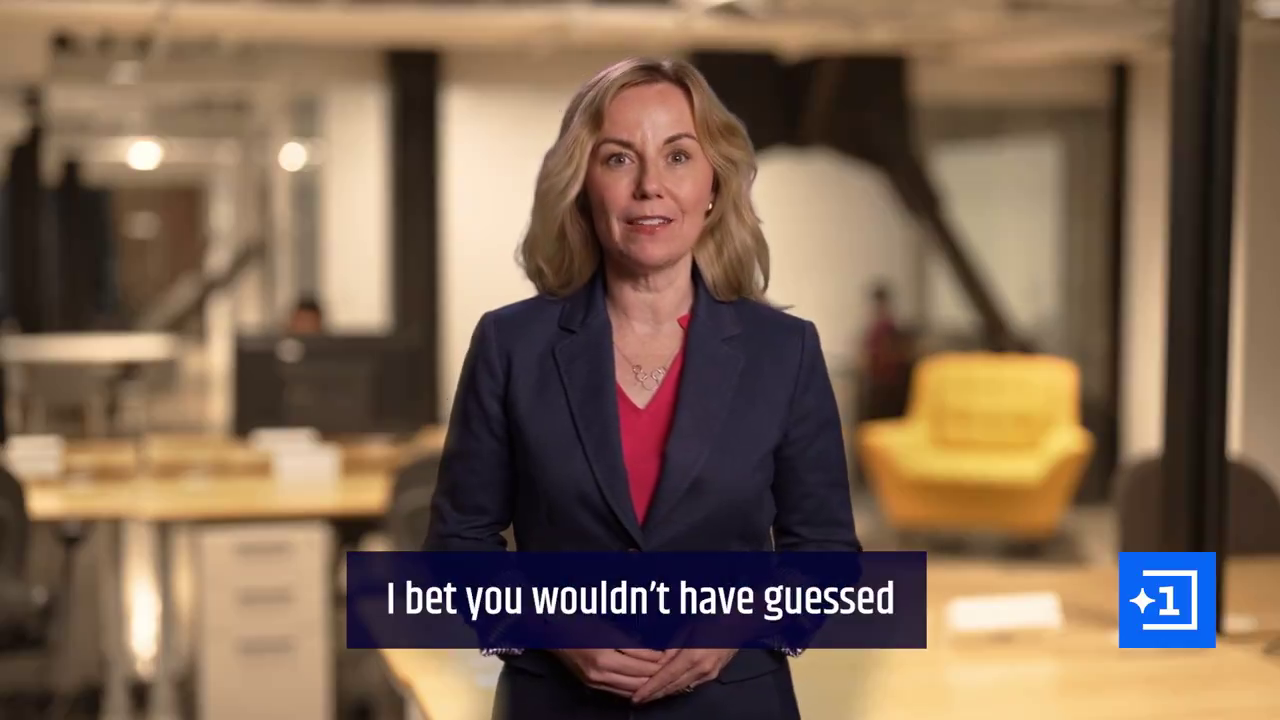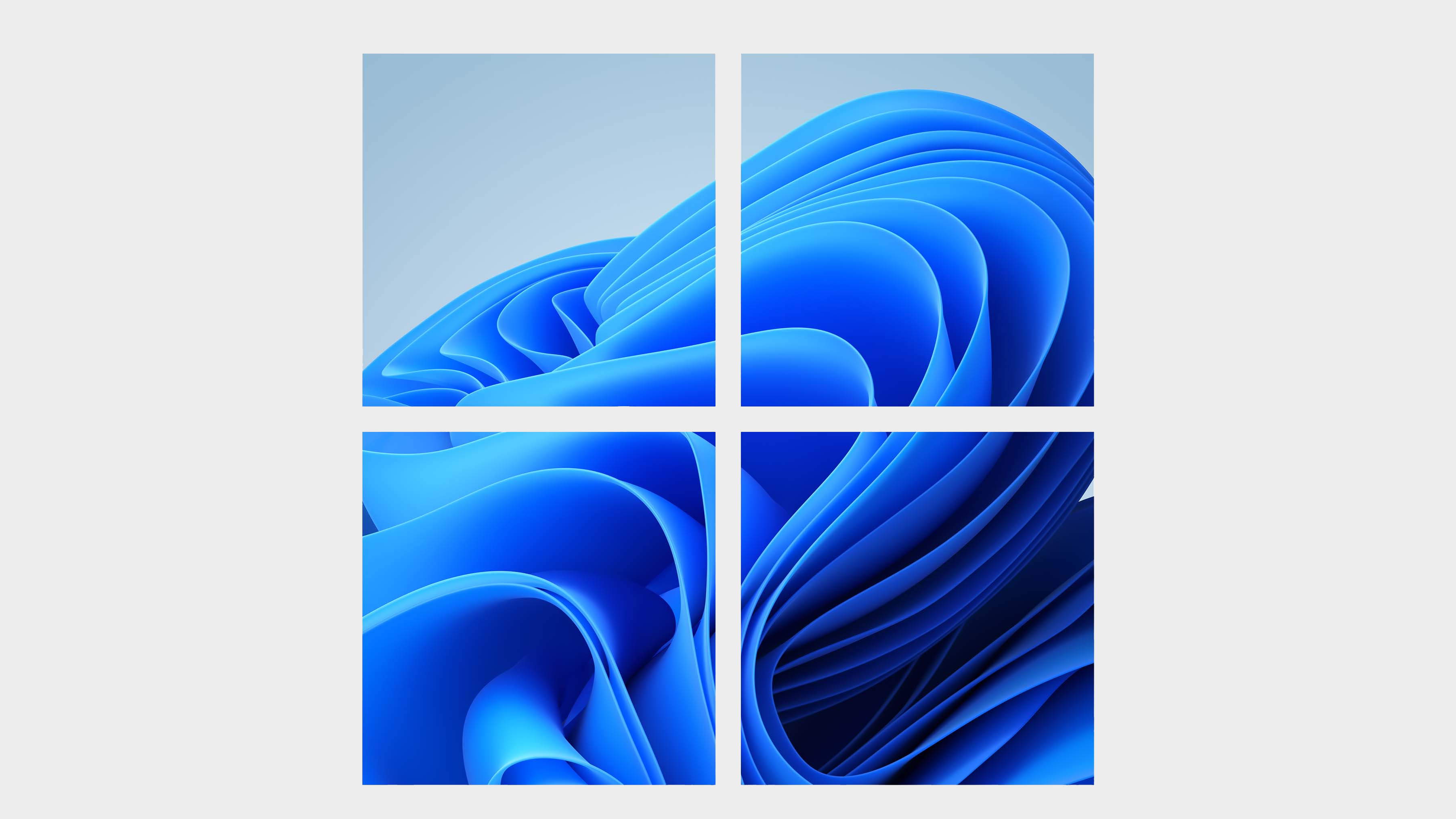This startup news channel uses AI presenters and some genuinely impressive tech, but it sure is giving me the heebie-jeebies
If you thought regular newscasters looked and sounded a bit robotic, wait till you see these.

As the prevalence of AI continues to dominate the headlines, it looks like no industry is immune from adopting some version of the technology into its vision for the future. In this case however, AI isn't just in the news, it's the one reading it to you. Courtesy of Ars Technica, new startup Channel 1 has shown off a proof-of-concept video demonstrating AI avatars as news presenters, and the results are both genuinely impressive and a headfirst plunge into the depths of uncanny valley.
These AI avatars are based on real people (who, we're informed, "have been compensated for use of their likeness") and relies on what are described as "sophisticated systems behind the scenes" to create their vocal delivery, mannerisms and expressions, and at first glance the results are remarkably convincing.
The lip-synching is some of the best I've seen, with difficult sequences of syllables handled with remarkable accuracy, and they look like, for want of a better term, believable people. The gesturing is right on point for someone who's taken a few courses on how to present to camera for dummies, and aside from the odd blurry moment that gives away that what you're looking at might be an AI generated facsimile, it's a pretty convincing display of tech.
But as with all simulations of a genuine human being to date, it's the things you can't quite put your finger on that let it down.

It's something in the sincerity and the pace of delivery that just seems off, to the point where the longer I watched the more I felt like someone might be sneaking up behind me. The AI humans are here already it seems, and in this case they're staring, almost unblinkingly, right into your soul.
It doesn't help that these avatars appear like they've been trained on an amalgam of existing news presenters, and the AI seems to have interpreted its version of the stereotypical newsreader vocal cadence as being thick as molasses. It's like the audio's been slowed down just a tad too much, and that combined with the vacant expressions and soulless smiles causes the little hairs on the back of my neck to stand up.
Yes, it's a very cool tech demo. But wow did it make me feel uncomfortable after just a few minutes, to the point it became slightly difficult to watch.
Keep up to date with the most important stories and the best deals, as picked by the PC Gamer team.

Windows 11 review: What we think of the latest OS.
How to install Windows 11: Our guide to a secure install.
Windows 11 TPM requirement: Strict OS security.
Beyond the slightly terrifying presenters, there are actually some use cases for AI demonstrated in the video that make a whole lot of sense. An example is given of a pre-recorded interview with a (real) French resident, who explains how their property was damaged by a recent storm in, wouldn't you believe it, French.
The clip is then played again but with an AI translating the footage into English, complete with lip-synching, and the result is remarkably convincing to the point where unless I was told in advance I don't think I would spot any fakery involved at all.
Deadline reports that Channel 1 stories will be sourced from "a yet-to-be-announced news agency" and content from independent journalists, and that the news reports themselves will be built from primary sources like government documents, with humans involved "at every step of the editorial process". The upcoming channel also plans to feature an icon in the corner of the screen to let audiences know which portions of the programming are AI generated.

Regardless, given that newsreaders in particular work hard to establish a level of authority and trust with their audience, the fact that this can be supposedly simulated to such a high-degree of accuracy means the potential for this technology to eventually be used for nefarious purposes—like disseminating misinformation or dangerous propaganda—may well be cause for concern.
It seems that nary a day goes by without some sort of AI rubicon being crossed, but this stands out as a particularly hair-raising example of the tech that hints at some potentially disturbing uses to come. Deep fakes have been a major concern for some time now, and as the technology to completely simulate a reasonable human being to the point where the differences become difficult or even impossible to spot seems to be developing at a breakneck speed, the ethical concerns become even more, well, concerning.
Still, in the meantime I suppose we can admire it as a technical achievement, if nothing else. While these avatars might be based on real people, a little further into the video a fully AI-created presenter is revealed to deliver a report on cars, but the results are much less convincing.
Small mercies then, and proof that the technology has some way to go. But given the demonstration here, it doesn't seem like it'll be long before AI avatars and real people cross truly into the realms of the indistinguishable.

Andy built his first gaming PC at the tender age of 12, when IDE cables were a thing and high resolution wasn't—and he hasn't stopped since. Now working as a hardware writer for PC Gamer, Andy's been jumping around the world attending product launches and trade shows, all the while reviewing every bit of PC hardware he can get his hands on. You name it, if it's interesting hardware he'll write words about it, with opinions and everything.

